It’s one of the most common questions when it comes to passive PA speakers… what amp do I need? And it’s incredibly important that you get the correct one as, of course, you’ll want rich, clear sound without distortion. The wrong amp, however, can lead to poor sound quality or, worse, damage to either your amp or speaker.
Choosing the right amplifier for your speakers can be tricky unless you know exactly what to look for. That’s where we come in! We’ll clear up some of the terminology you’ll come across in speaker and amp specifications and give you a step-by-step guide to finding the right one for your passive PA speaker.
In a hurry?
This chart shows the recommended amplifier power for your speaker. The one thing to remember is that you’ll need an amp that can provide 1.5-2 times the continuous power rating of your speaker.
| Speaker Continuous Power Rating | Minimum Amplifier Continuous Power | Ideal Amplifier Continuous Power |
|---|---|---|
| 50 Watts | 50 Watts | 100 Watts |
| 100 Watts | 100 Watts | 200 Watts |
| 200 Watts | 200 Watts | 400 Watts |
| 300 Watts | 300 Watts | 600 Watts |
| 500 Watts | 500 Watts | 1000 Watts |
| 1000 Watts | 1000 Watts | 2000 Watts |
Jargon buster
Before we dive into the specifics, you’ll need to know what all this nerdy terminology means! The three main things we’ll be talking about in terms of passive PA speakers and amplifiers are impedance, power, and sensitivity.
Impedance
Impedance refers to electrical resistance, that is, the opposition your speaker presents to an amplifier as it “impedes” the flow of electricity. It’s measured in Ohms. See? Pretty easy to understand!
The hard part is when we come to apply that to your speaker-amp companionship. Just remember, you shouldn’t connect speakers to an amp with a higher minimum impedance.
Power
Measured in watts, power is the rate that energy is transferred, and there are two types: dynamic and continuous.
Dynamic, or peak, power is the maximum amount of short-term power a speaker can handle. This is limited to literally milliseconds of power, such as sudden dynamic changes in a film.
Continuous power, sometimes referred to as RMS or AES power in speaker specs, refers to the amount of power a speaker can take over a long period of time.
This long-term, continuous power is what you need to pay attention to when shopping for a power amp.
Sensitivity
Contrary to popular belief, the loudness of your sound is actually determined by the sensitivity of your speaker, not the power.
Your speaker’s sensitivity is a measure of how loud it is when you’re stood one metre away and it’s driven by one watt of power. Essentially, the higher the sensitivity, the less power you’ll need.
How to choose the right amplifier for your speakers in three simple steps
Step 1. Check your speaker’s nominal impedance and continuous power
When it comes to selecting the right power amplifier for your passive PA speaker, the first step is to read the specifications of your speaker. These can be found at the end of our product listings and are essential for ensuring that your speaker and amplifier are compatible. There are two crucial factors you should focus on: the nominal impedance and the continuous power rating.
It’s crucial to match the impedance of your speaker with the amplifier’s output impedance. Mismatching impedance can lead to problems such as overheating and eventual failure of the amplifier. For example, if your speaker has an impedance of 8 Ohms, you should use an amplifier designed to handle an 8-Ohm load.
Additionally, if you’re considering connecting multiple speakers in parallel to a single amplifier, be aware that the total impedance will decrease each time you add another speaker to the amplifier. For instance, if you connect two 8-Ohm speakers in parallel, the total impedance becomes 4 Ohms. This decrease in impedance should also be taken into account when selecting an amplifier to ensure it can handle the load.
It’s also important to take note of your speaker’s continuous power rating! This ensures that the speaker receives the necessary power to produce clear and undistorted sound.
Step 2: How many channels do you need?
Next, determine how many amplifier channels you require for your setup. It’s essential to understand that you don’t necessarily need a separate channel for every speaker. The number of amplifier channels depends on the number of distinct audio signals you need to distribute.
Each speaker that receives a different audio signal should ideally have its own dedicated amplifier channel.
For example, if you have multiple speakers that all need to play the same audio signal simultaneously, you can connect them in parallel to a single amplifier channel. However, if you have speakers that need to play different audio sources or have individual volume control, each of them should have its own amplifier channel.
Efficiently using amplifier channels helps optimise your setup and ensures that your sound system functions smoothly without unnecessary complications.
Step 3: Match your amp!
The most important step.
Matching the right amplifier to your passive PA speaker is crucial for achieving optimal sound quality and preventing potential damage.
You should select an amplifier that can provide enough power to meet your speaker’s nominal impedance rating.
As mentioned earlier, it’s recommended that you choose an amplifier that offers about twice the RMS or continuous power rating of your speaker.
This extra power, known as headroom, helps prevent distortion and clipping, especially during peaks in the audio signal.
A rule of thumb is to provide 1.5-2 times the continuous power rating of your speaker, ensuring a healthy margin of power to handle sudden spikes.
And once you’ve chosen your amp. you’re all set!
What happens if I choose the wrong amp?
Uh oh, the dreaded thing has happened – your amp doesn’t match your speaker. Here are the eventualities of this unfortunate situation if…
Your amp’s continuous power rating is too high
Pairing an overpowering amp with a weaker speaker will mean that the speaker can’t dissipate the amp’s heat energy. The result? Your speaker’s voice coil and suspension will burn. To avoid this, turn the amp down when reaching distortion. As long as the amp doesn’t provide too much power, it should be adequate enough – but not as adequate as a well-matched speaker.
Your amp is too weak
With an amp that’s too weak, you’ll probably end up cranking the volume knob up and up… but the speakers won’t get any louder. Rather, your amp will overheat and send clipped signals and your waveform will become distorted. An underpowered amp is actually more likely to cause damage than an overpowered amp!
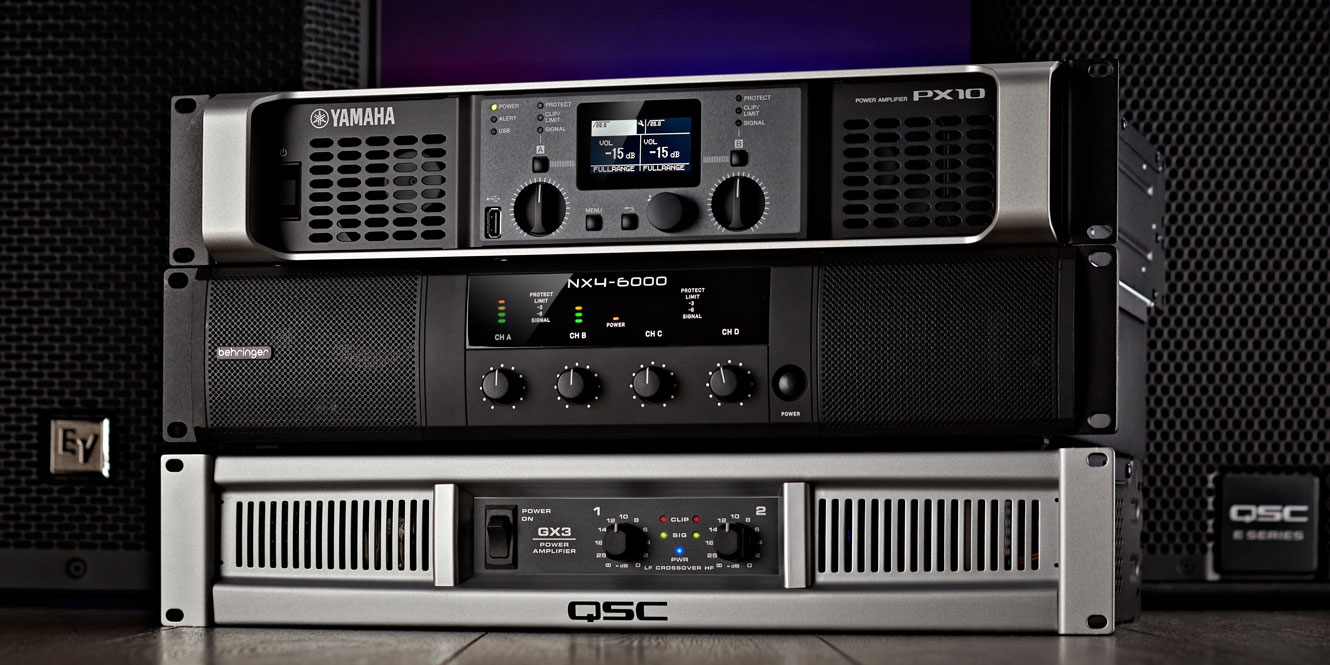
Our tips for choosing the right amplifier
Firstly, spend time doing your research! It’s important to understand how a potential amp will match up with your passive PA speaker, so you should start by examining the specifications of both components to ensure compatibility. The amplifier’s power output should ideally be 1.5-2 times the continuous power rating of your speaker. This provides headroom and prevents distortion during peak demands.
Secondly, consider the type of events you’ll be handling – larger venues might require more power. Factor in the amplifier’s features like EQ controls, input options, and built-in protection mechanisms to safeguard both the amp and speaker.
Thirdly, prioritise a reputable brand known for producing reliable and high-quality amplifiers. Reading user reviews and seeking advice from experts will certainly help you make an informed decision. We have many guides on our blog that cover PA systems. A well-matched amplifier will not only deliver optimal sound performance but also extend the lifespan of your passive PA speaker system.
And finally, once you’ve found your amp, aim to operate it at around 60-70% of its total power capacity. This avoids strain on the amplifier, promoting better longevity and minimising the risk of overheating. It also ensures that you have enough power in reserve for sudden dynamic peaks in audio.
Our passive PA speaker recommendations
Our power amp recommendations
For a quick fix, it’s easier to buy a bundle
FAQs
How do I match my amp and speaker wattage?
The easy way to match your amp and speaker wattage is to choose an amplifier that has a higher continuous power rating than your speaker’s. It should be around twice as much as the speaker’s rating, in fact!
What happens if an amp is too powerful for its speakers?
If an amp is too powerful for the speakers it’s matched with, the speaker’s voice coil will burn as the speaker won’t be able to successfully dissipate the heat energy from the amp.
How much louder is a 100-watt amp than a 50-watt amp?
A 100-watt amp will sound 3dB louder than a 50-watt amp, not twice as loud.
Final thoughts
We hope this guide has been helpful! It’s complicated business choosing the right amplifier for your speakers but understanding what to look for is invaluable.
By following these steps, you can make an informed decision when selecting a power amplifier for your passive PA speaker setup.
To recap, check your speaker’s nominal impedance and continuous power, determine the number of amplifier channels needed, and match the amplifier’s power output to your speaker’s specifications. This will result in a well-matched and optimised audio system that delivers exceptional sound quality and reliability.



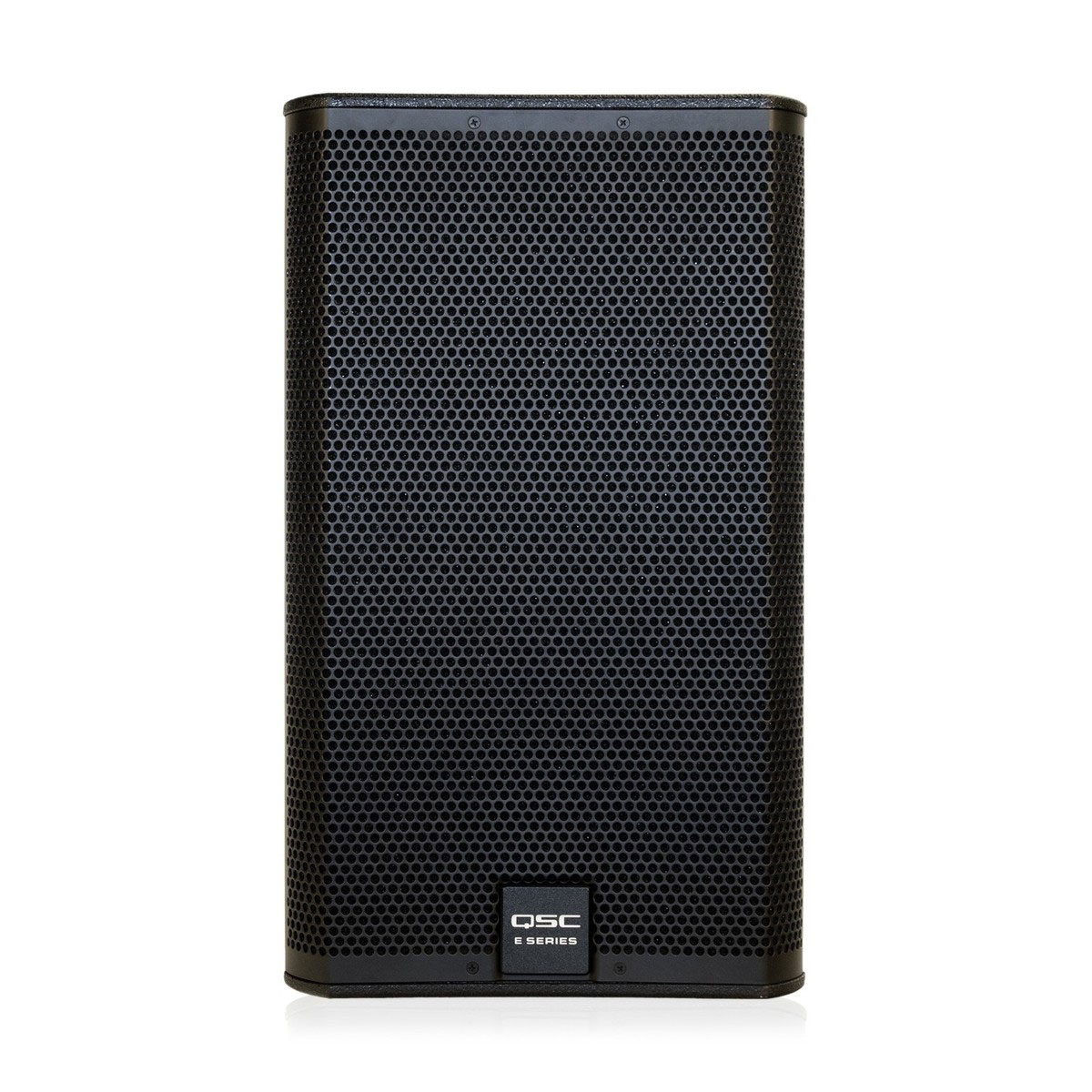
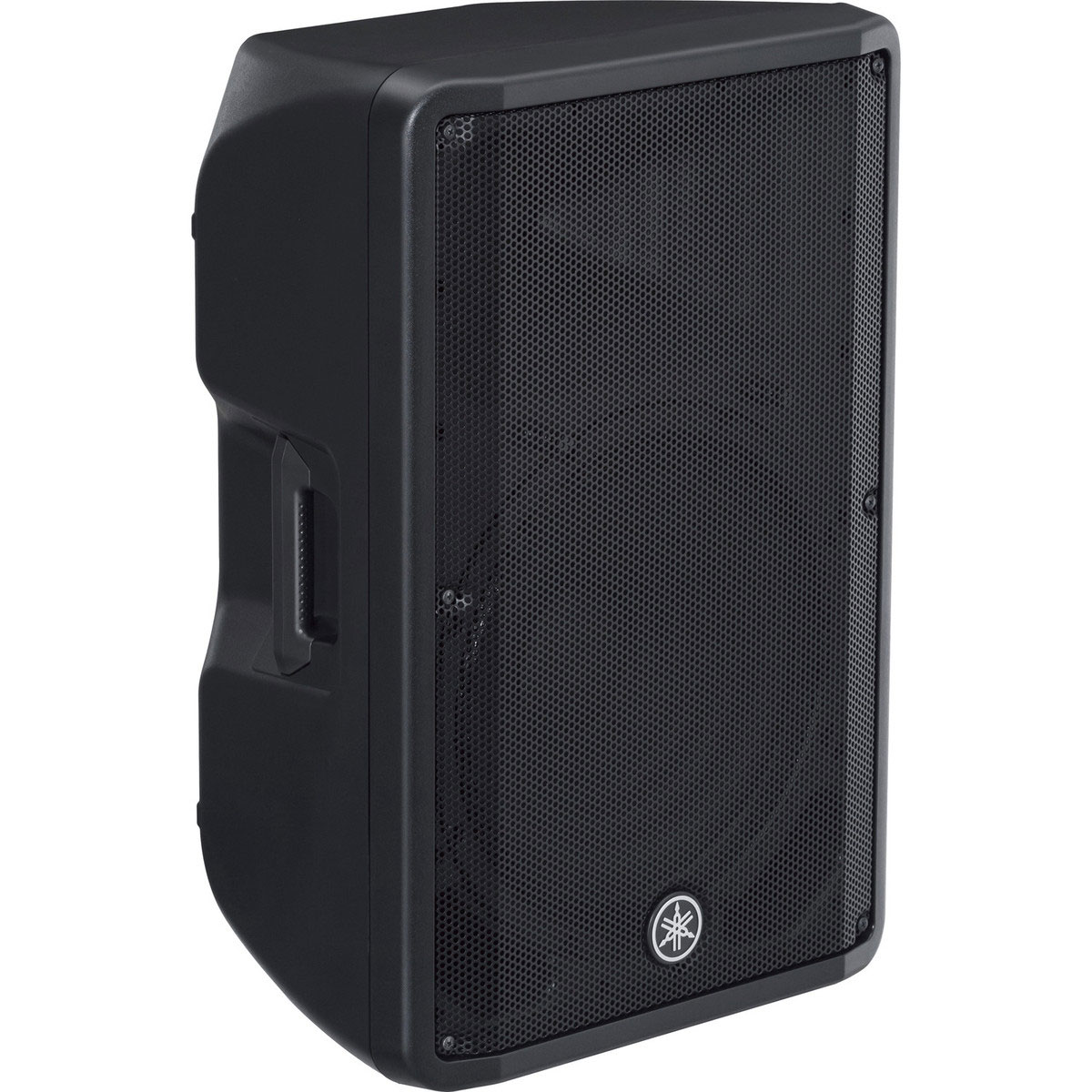
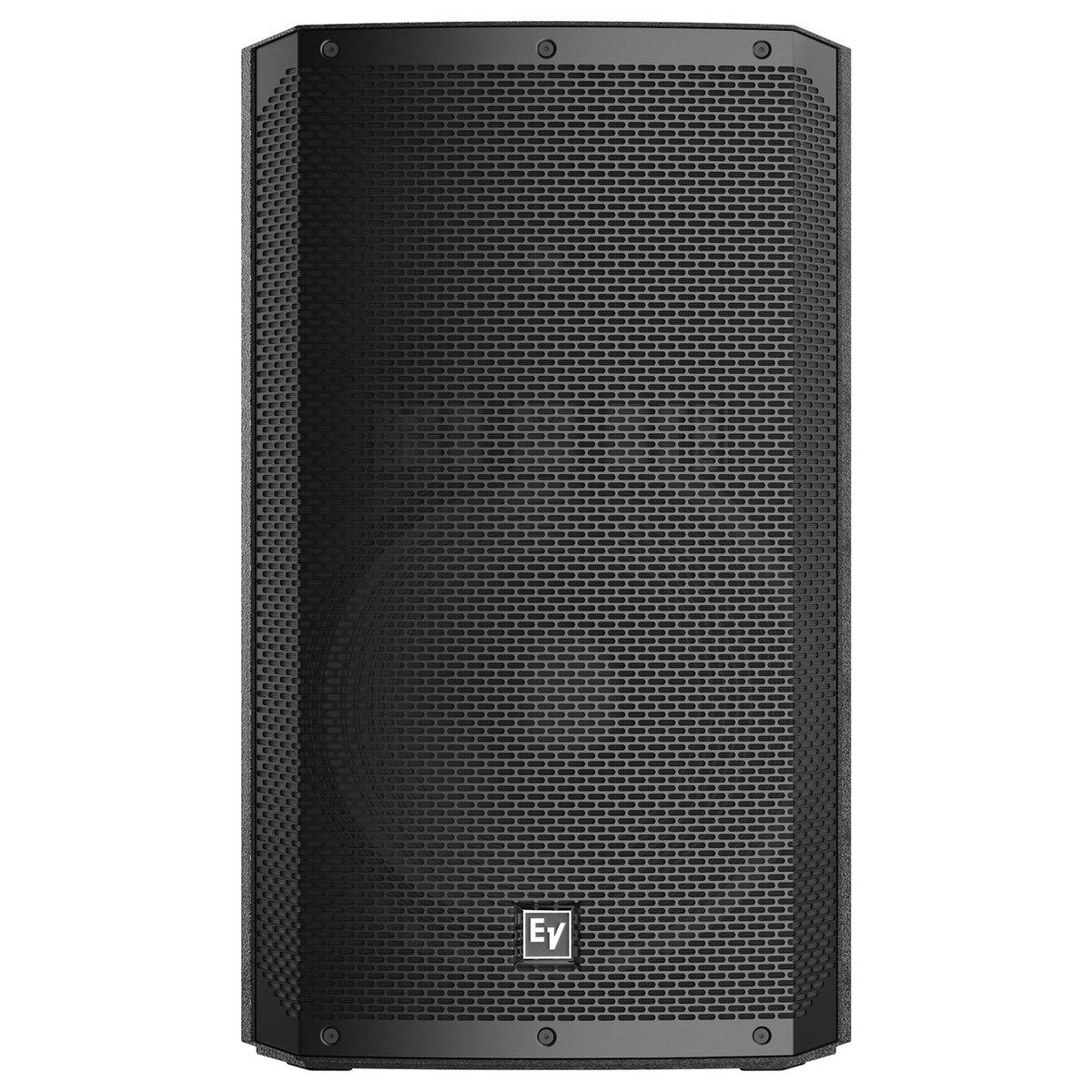
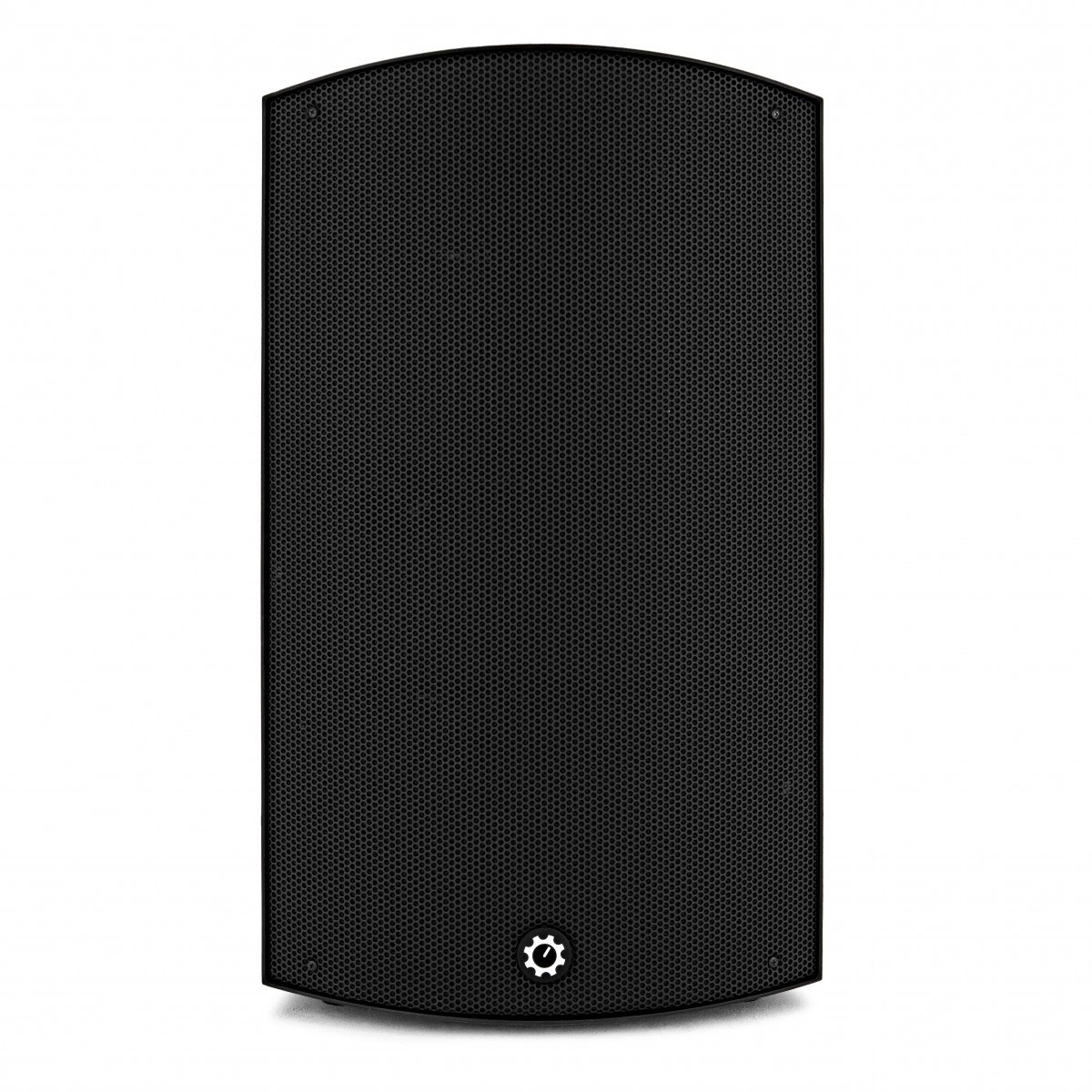
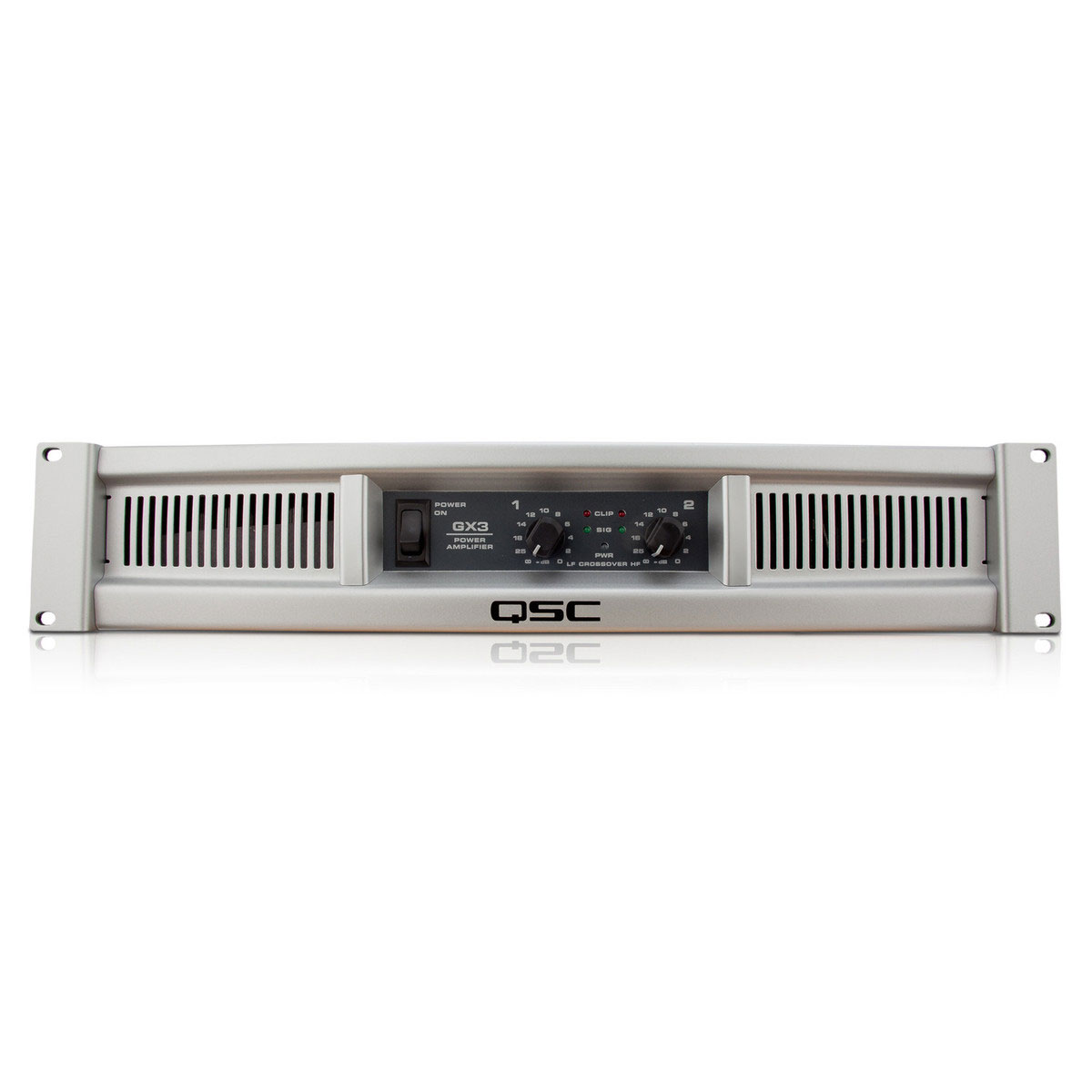
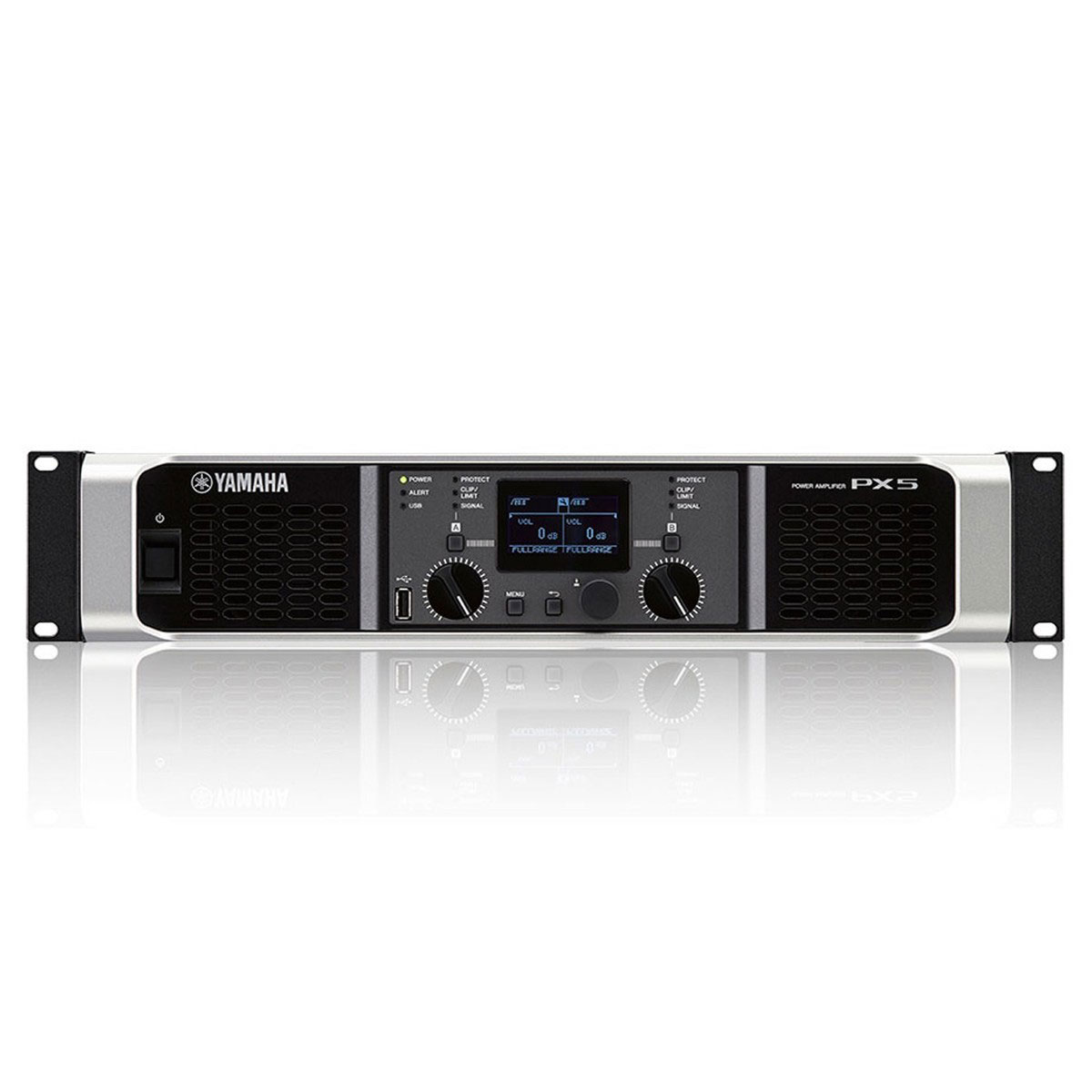
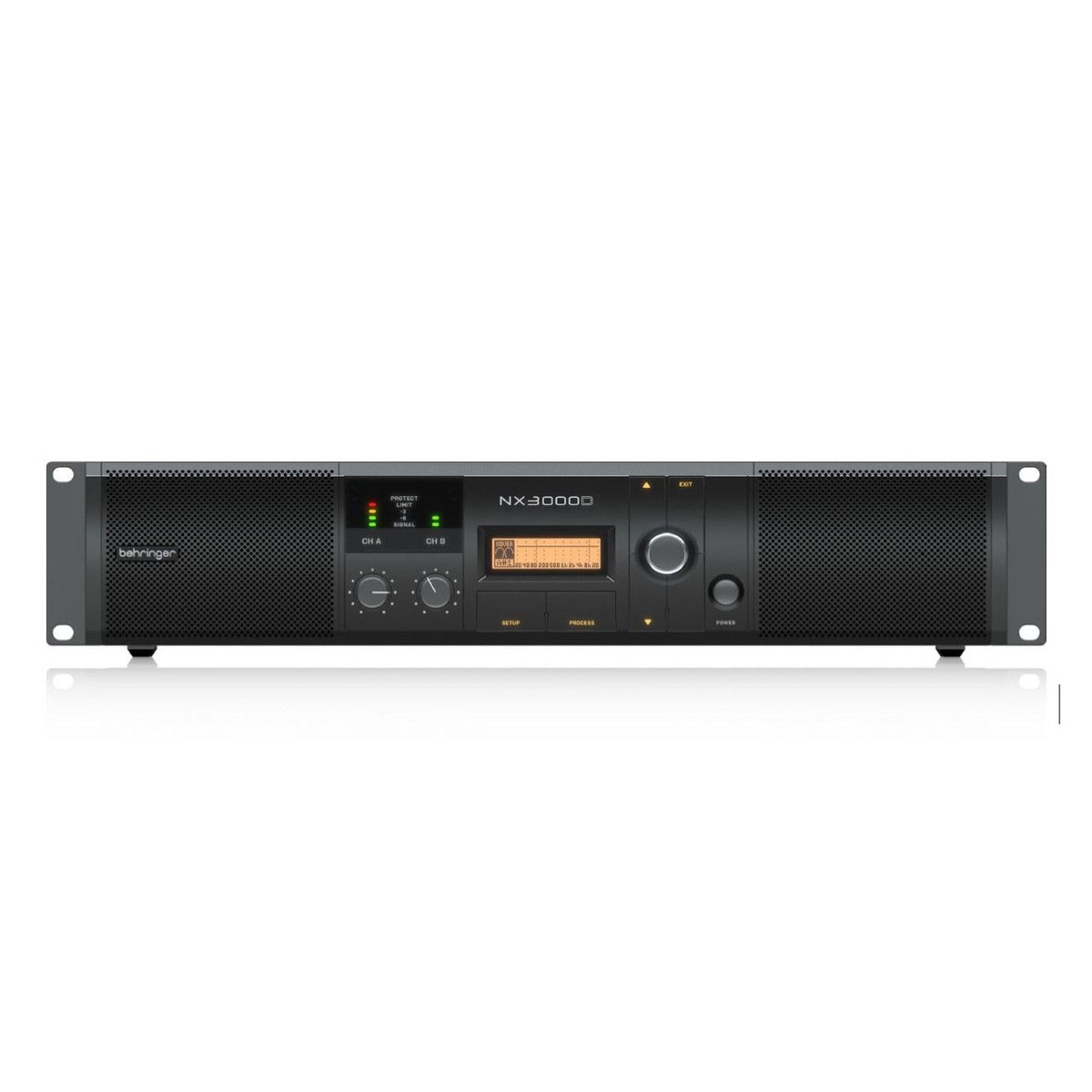













0 Comments